Romaine Lettuce Growing Stages
Lettuce is a versatile and nutrient-dense leafy green that can be grown in home gardens with relative ease. As a cool weather crop, lettuce thrives when daytime temperatures range between 60-70°F and enjoys consistent moisture. I have explored optimal growing conditions, varieties to consider, detail of Romaine Lettuce growing stages from seed to harvest, and best practices for maximizing lettuce quality and yield in my garden.
Conditions for Growing Lettuce Plants
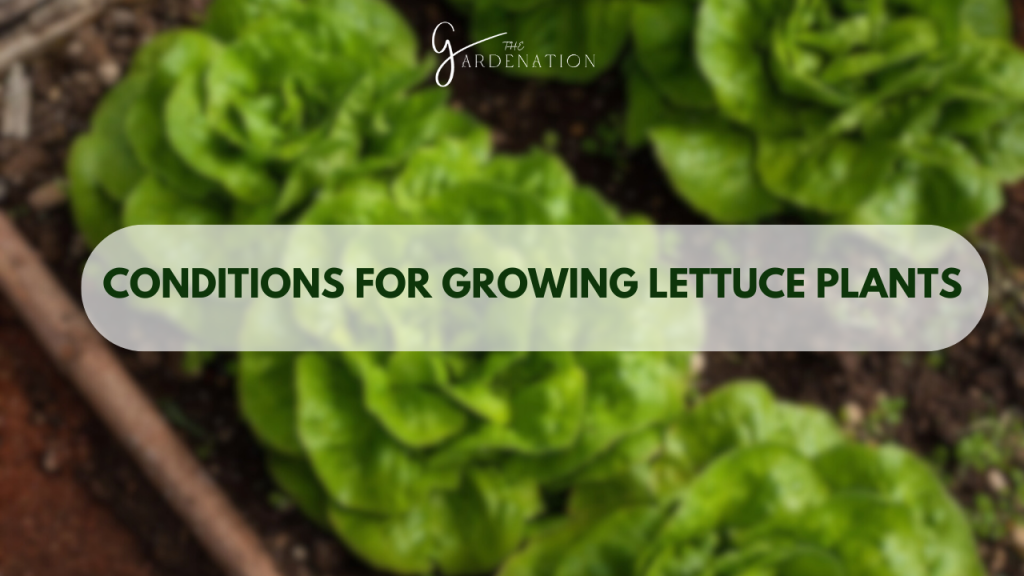
Lettuce prefers fertile, well-drained soil with a pH between 6.0-6.8. Loose, crumbly soil allows the shallow lettuce roots to expand easily. Lettuce grows best in full sun – at least 6 hours of direct sunlight daily. Partial shade is suitable, but may increase susceptibility to disease.
Lettuce can be grown in raised garden beds, containers, and in-ground gardens. Raised beds warm faster in spring and their well-drained soil is ideal. Containers should be at least 12” deep and have drainage holes.
While lettuce grows best in cool conditions between 60-70°F, improved varieties have expanded its adaptability. Heat-tolerant cultivars allow growth in warm climates, while cold-hardy varieties enable fall and winter harvests. During hot or cold extremes, I consider protective covers like shade cloth or cold frames. I choose disease-resistant varieties to prevent common issues like mildew.
When selecting lettuce varieties, I consider my desired use – salads, sandwiches, grilling? Butterhead and loose leaf lettuces offer tender leaves for salads. Romaine varieties make great vessels for fillings. Crisphead lettuce varieties form tight heads perfect for shredding into slaws or tacos. Other considerations include mature plant size, bolt-resistance, and disease-resistance.
Lettuce Plant Growth Stages
1. Lettuce Plant Seeds
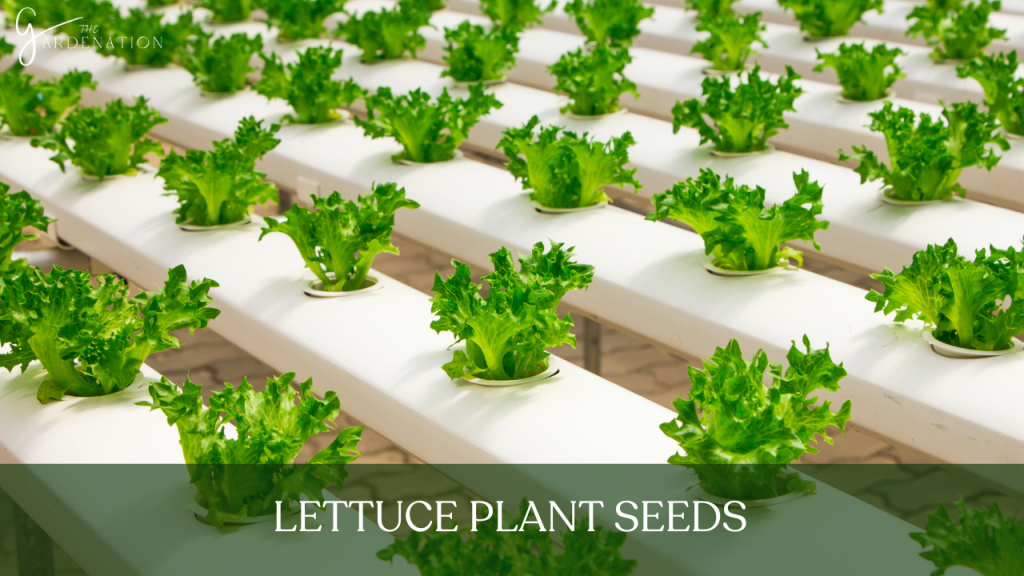
Lettuce seeds are tiny, so I sow them sparingly in rows or grids, 1⁄4” deep and 6-12” apart. I gently firm soil after sowing and keep it moist for 7-10 days until germination.
For a steady harvest, I sow small batches every 2-3 weeks. Lettuce seedlings don’t like transplanting, so I sow seeds directly into their final growing spot.
2. Seed Germination
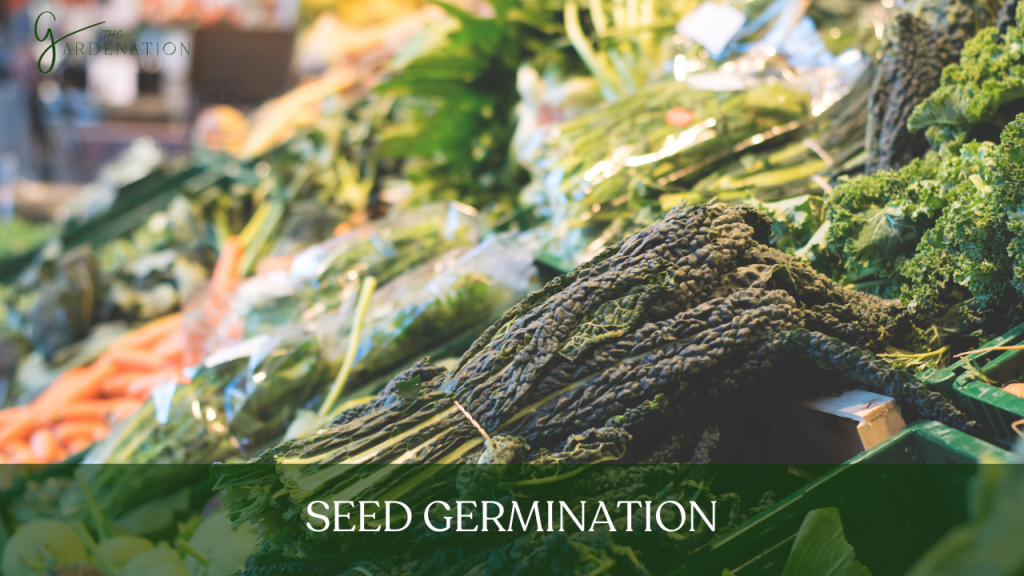
Lettuce seeds germinate best at 55-65°F when kept evenly moist. In cool conditions, I consider a cold frame or cloche to maintain warmth and moisture. Emerging seedlings are fragile, so I avoid disturbing the soil surface. Proper spacing prevents overcrowding, I allow good air circulation to prevent disease.
If you want to know more about us you can visit: Pineapple Growing Stages
3. Lettuce Seedlings
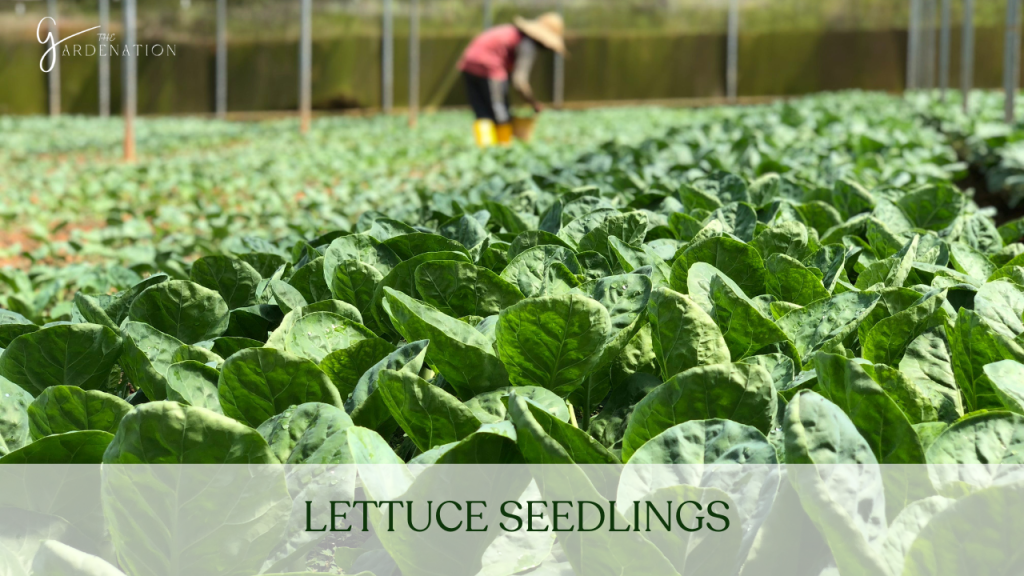
The first round leaves are called cotyledons and supply nutrients to baby lettuce plants. True leaves follow, resembling mature lettuce leaves. Thin crowded seedlings to proper spacing, giving the strongest plants room to grow. Lettuce transplants should have 4-6 true leaves before planting into the garden.
4. Foliage Growth
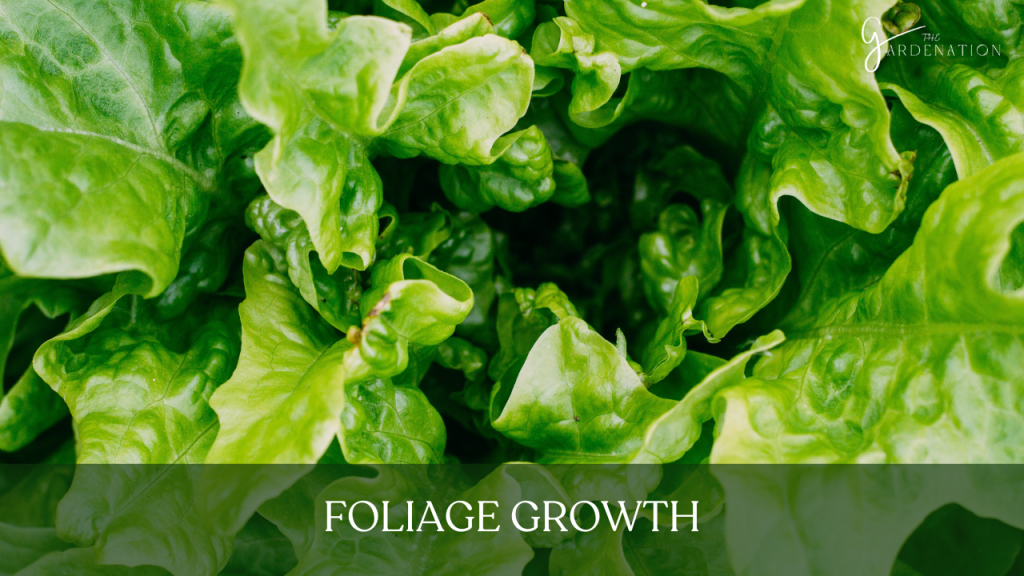
This is the prime growth stage where lettuce foliage expands rapidly, forming looseleaf, butterhead, or romaine shapes. I fertilize lightly with a balanced fertilizer and irrigate regularly since lettuce has shallow roots. I harvest individual mature leaves from loose leaf varieties. I harvest romaine and butterhead varieties by cutting the entire head at soil level.
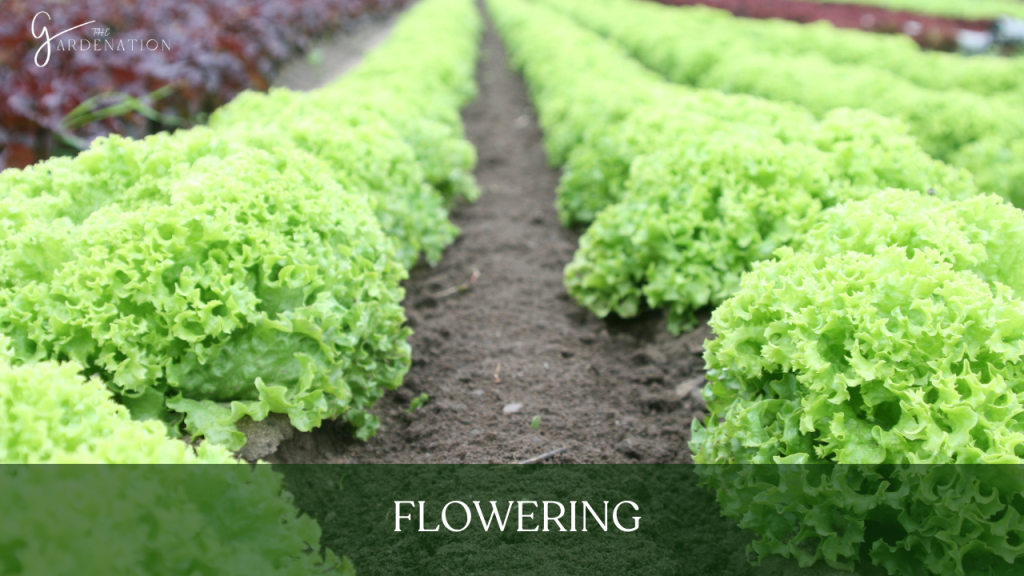
Lettuce rarely flowers when growing conditions are ideal. However, if plants experience extremes in temperature, moisture, or maturity, they may “bolt” and send up a flower stalk. This makes leaves bitter, so harvest promptly. I prevent bolting by providing ideal temperatures, sufficient nutrients, and harvesting on schedule.
6. Setting Seed
Letting lettuce set seed is uncommon. If flower stalks mature, fluffy white seed heads form, allowing seed saving. To save seeds, I stop watering and allow the stalks and seed heads to completely dry.
Then I gently rub the dried flowers between your hands over a bowl to release the seeds. I store in an airtight container in a cool, dark place.
Optimal Lettuce Harvest

Harvesting Techniques
I test lettuce ripeness by looking for good color, size, and fresh aroma. Loose Leaf varieties are ready when leaves are 4-6” long. Butterhead and romaine form heads 6-8” wide. I use a sharp knife to cut mature leaves or whole heads just above the soil line. I handle lettuce gently to avoid bruising. I harvest in cool mornings.
Post-Harvest Care and Storage
I rinse harvested lettuce under cool water without soaking leaves. I then dry them thoroughly with paper towels. I refrigerate unwashed lettuce in plastic bags for up to 10 days.
Then I enjoy fresh lettuce in salads, sandwiches, stir fries, and more. To save seeds, I allow flower stalks to completely dry before collecting seeds. I store seeds in an airtight, glass container in the refrigerator for up to 5 years.
Nurturing Shallow-Rooted Lettuce
Lettuce has a very shallow root system, so frequent, light irrigation is important. I water at soil level, avoiding wet foliage which can cause disease.
I water when the top 1” of soil becomes dry. Most gardens need irrigation every 3-5 days. Container gardens may need daily attention. I monitor soil moisture and adjust as needed.
Common Lettuce Challenges
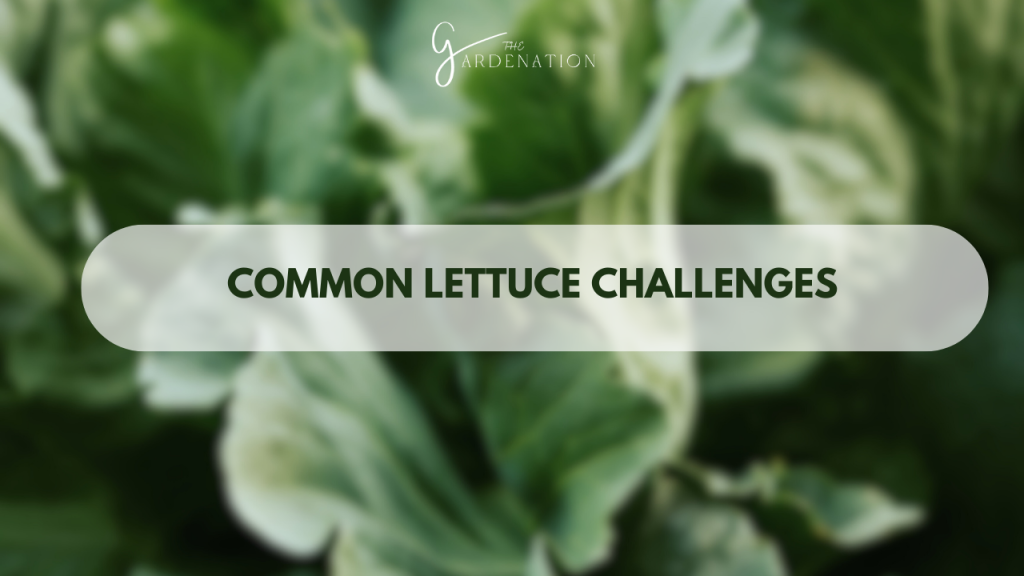
Lettuce falls prey to several pests like slugs, snails and aphids. I use organic methods like diatomaceous earth or insecticidal soap sprays. I prevent fungal disease like mildew with proper spacing and watering habits.
Nutrient deficiencies cause stunted plants with poor color.I fertilize according to package rates every 2-3 weeks. Extreme temperatures also cause bolting, bitterness and poor growth. I use season extension methods to maintain the ideal 60-70°F range.
Frequently Asked Questions about Romaine Lettuce Growing Stages
What are the optimal conditions for lettuce at each growth stage?
Research shows there are specific conditions suited to each stage of lettuce growth for optimal plant performance:
- Germination stage: 68-86°F, 100% relative humidity, no light
- Seedling stage: 59°F, 95% relative humidity, 18 hour photoperiod
- Vegetative growth: 61°F, 85% relative humidity, 14 hour photoperiod
- Maturity to harvest: 59°F, 90% relative humidity, 12 hour photoperiod
Controlling factors like temperature, humidity, and light exposure based on the plant’s current stage of growth allows it to develop properly through each phase.
How long is the total life cycle of a lettuce plant from seed to harvest?
The total lifespan of a lettuce plant from seed to maturity is approximately 48 days[1]. The timeline varies slightly depending on variety, with crisphead types taking a few days longer than looseleaf. But on average, gardeners can expect their lettuce to be ready for the first harvest in just under 7 weeks.
What causes lettuce plants to bolt or become bitter?
Lettuce plants that experience extremes in temperature or moisture stress may bolt, sending up flower stalks prematurely. This causes leaves to develop bitterness. Ensuring temps stay in the optimal 59-61°F range prevents bolting, although lettuce seeded in late summer when temperatures increase can be susceptible. Providing adequate irrigation consistently during vegetative growth can also reduce bolting.
Conclusion
Lettuce is a delightful crop for home gardens thanks to its versatility, ease of growth, and nutrient density. As I have explored, lettuce thrives when given cool temperatures, loose fertile soil, consistent moisture, and at least 6 hours of sunlight daily. With the proper growing conditions in place, lettuce transitions through several growth stages over its 1-2 month lifecycle.
The process begins with direct sowing of tiny lettuce seeds, which should germinate within 7-10 days when kept evenly moist at 55-65°F. Seedlings emerge with cotyledon leaves to supply nutrients to baby plants before growing true leaves.
During the foliage growth stage, leaves rapidly expand into looseleaf, butterhead or romaine shapes. Finally, mature lettuce can be harvested by cutting whole heads or individual leaves depending on variety.
While lettuce itself rarely flowers and sets seeds, saving seeds from dried flower stalks enables gardeners to collect seeds for future planting.
Throughout the growth cycle, be sure to provide adequate space, nutrients, and ideal temperatures to prevent bolting or bitterness. I pay close attention to indicators of ripeness like leaf size and vibrant color to harvest lettuce at its peak quality.
In the end, lettuce is one of the most forgiving and bountiful crops for gardens of all types and scales. Whether grown in containers, raised beds or garden plots, lettuce promises a high return for relatively little effort.
Its short growing season also makes it a great option for succession planting to yield fresh salad greens over an extended harvest. We hope this guide has shed light on the growth habits, preferences and developmental timeline of delightful lettuce.


3 Comments